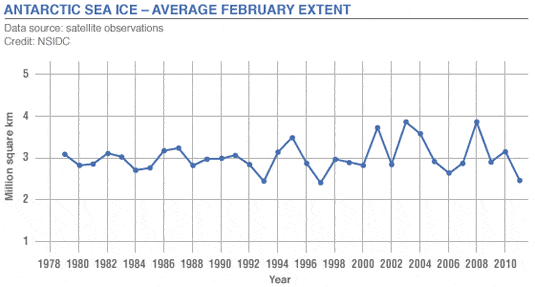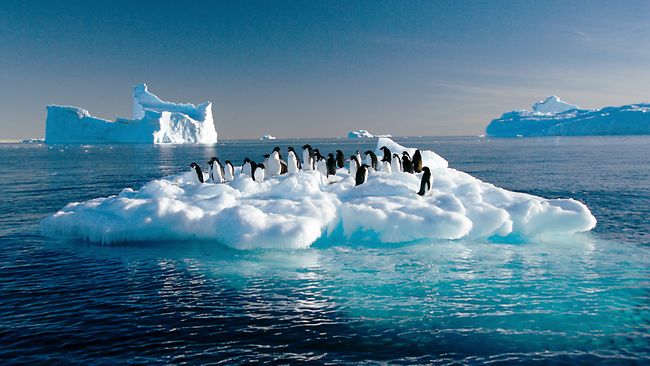Challenging nature without thinking about further consequences and then working to fill up for the loop holes we create through our folly, have always been a boggling task now and then. Similar situation aroused when researchers went out to find the thickness of Antarctic Sea Ice. But, the guiding hand this time is deployed with the help of underwater robot.
Although there have been previous efforts with the help of satellite, but the measurement faced slanting surface problem due to surface snow, and some ice floes are too big to reach by ship and even ice breakers fail to make direct measurement by drilling into them!
On Monday, Scientists revealed the first detailed, high-resolution 3D maps of Antarctic Sea Ice, based on measurements of the underside of ice floes by a remote-controlled submarine’s upward looking-sonar.
In 2010 and 2012, measurements were made using an Autonomous Underwater Vehicle dubbed SeaBED, which came out to be 5.4 million square feet (500,000 square meters). It has launched off a British and an Australian ship at three sites around the Antarctic Peninsula.
As per findings, the thickness at some places is up to 55 feet (17 meters), with average thickness much less. It also indicates that the ice cover in some areas maybe thicker than they were previously thought.

“Sea ice thickness and it’s variability in the Antarctic remains one of the great unknowns in the climate system,” said Sea Ice Expert Ted Maksym, Woods Hole Oceanographic Institution in Massachusetts.
Unlike the same quest for Arctic region, where large changes in reduced ice thickness have been measured in previous decade, Scientists do not really have a good handle on the Average sea ice thickness or on any possible trends here, said Maksym.
“By demonstrating the detailed mapping of the thickness of the ice over large areas is possible deep in the ice pack, this represents an important step towards greater understanding of the processes that control the ice volume, particularly in the area that have been difficult to access,” Maksym added.
The twin-hull underwater robot, about 6-feet (2 meters) long, operated at a depth of 65 to 100 feet (20 to 30 meters).
“While we have not measured all Antarctic sea ice thickness and cannot state if Antarctic sea is getting thicker, this study is a huge step towards the sort of expanded and more routine measurements we will need to do to truly answer these questions,” said polar oceanographer Guy Williams of the Institute of Marine and Antarctic Studies of Australia.
Source: NDTV.


